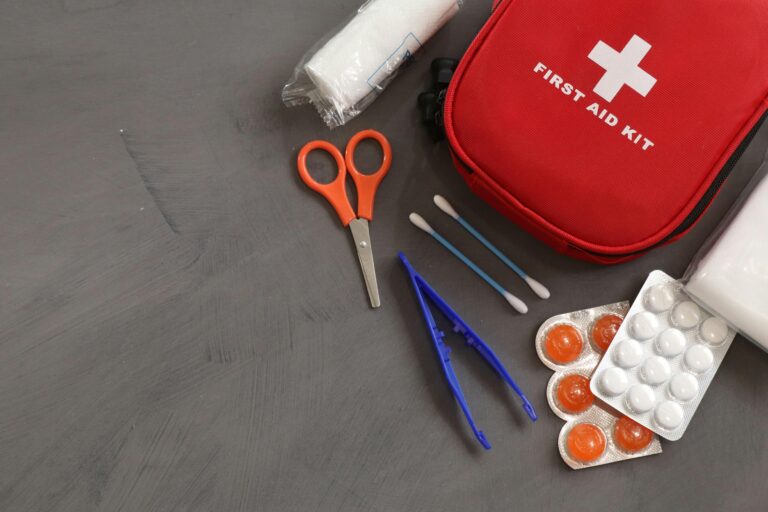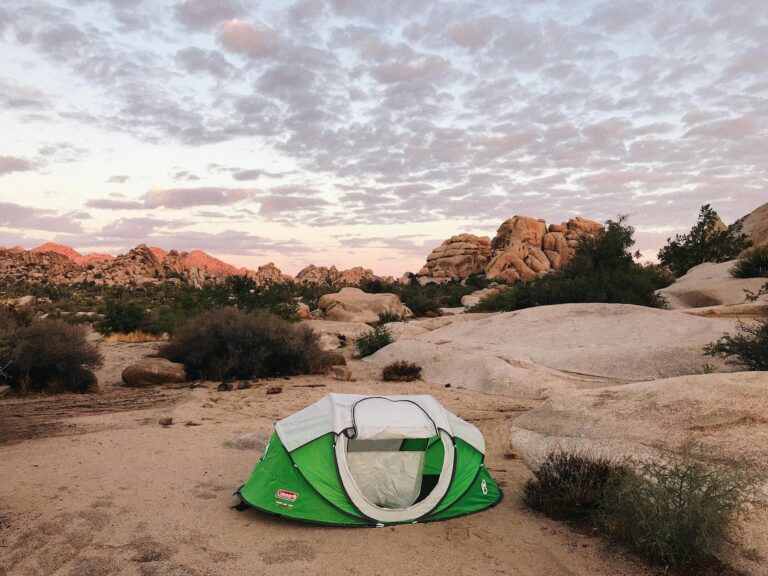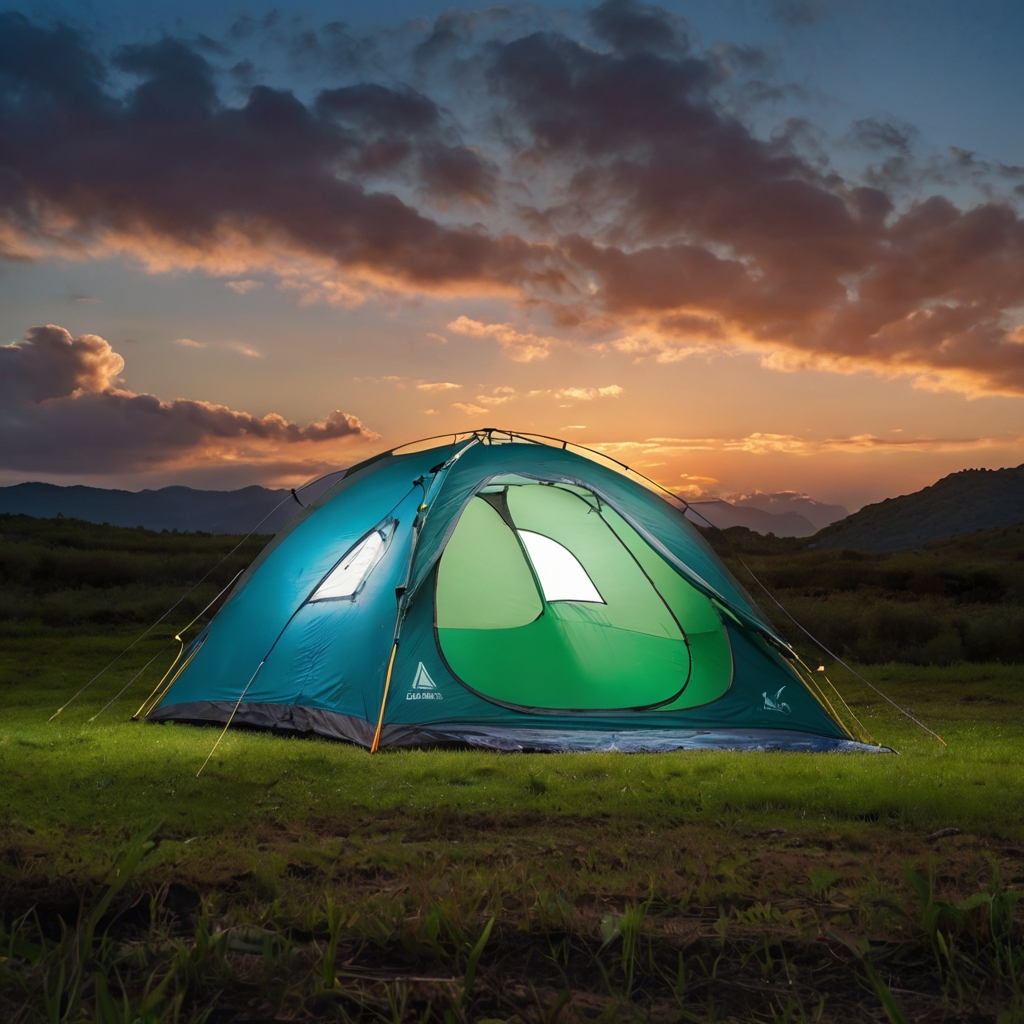
Picture this: You’re standing atop a windswept peak in the Southern Alps, the sun dipping below the horizon, painting the sky in brilliant oranges and pinks.
As you prepare to set up camp, you reach for your ultralight tent – your home away from home. But how did you choose this perfect companion for your New Zealand tramping adventures?
Did you know that the average tramper carries about 15-20% of their body weight in gear?
With an ultralight tent, you can significantly reduce that load!
In this guide, we’ll walk you through everything you need to know about selecting the perfect ultralight tent for your Kiwi outdoor escapades. From the rugged coastlines of the Abel Tasman to the alpine meadows of Fiordland, we’ve got you covered!
Understanding Ultralight Tents: What Makes Them Special?
Alright, let’s dive into the world of ultralight tents!
I’ve been tramping all over New Zealand for years now, and I’ve gotta say, switching to an ultralight tent was a game-changer for me. But before I get into all that, let’s break down what we’re talking about here.
So, what exactly is an ultralight tent?
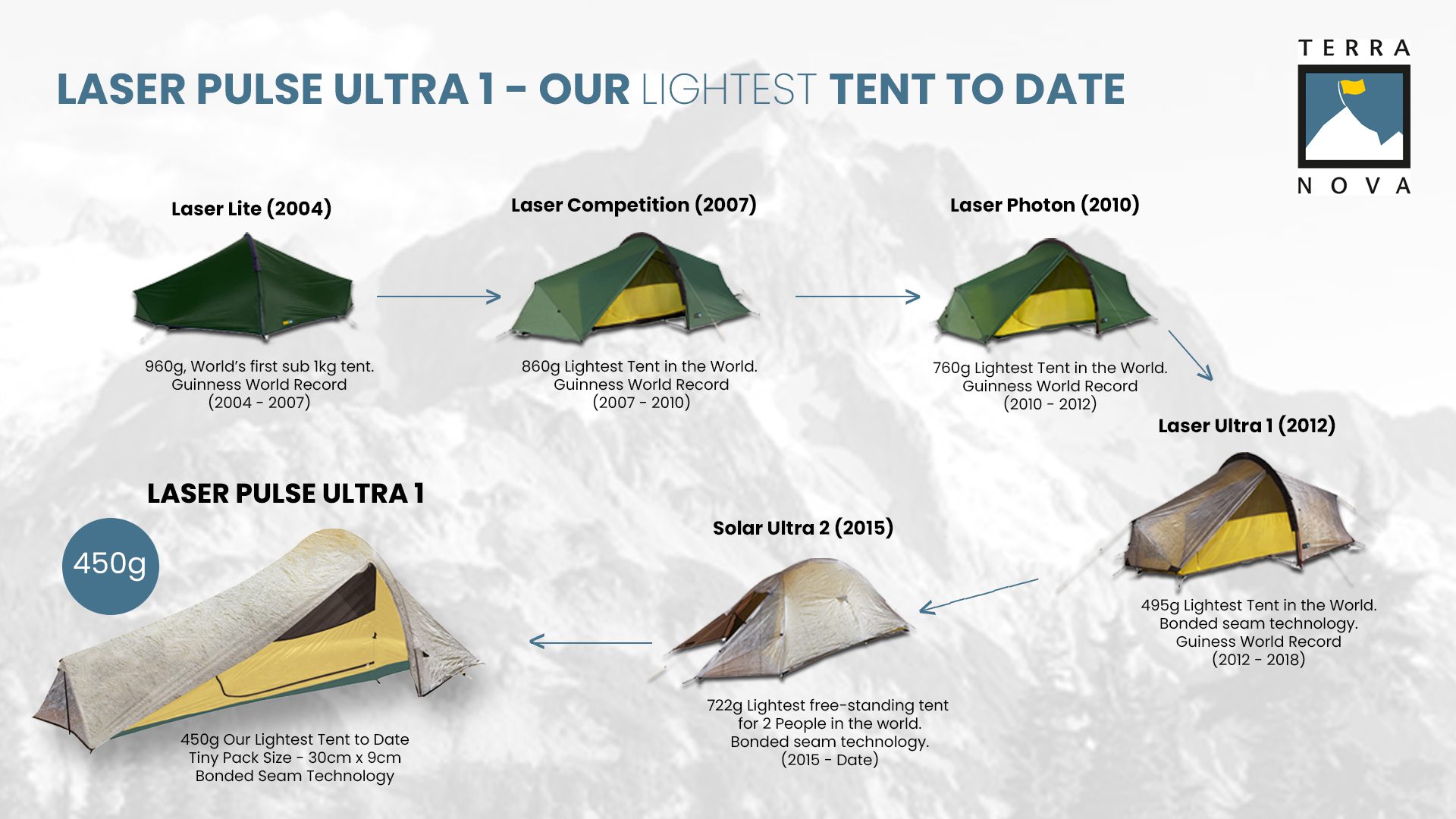
Well, these babies are designed to be as light as a feather – okay, maybe not that light, but pretty darn close. We’re talking about tents that typically weigh between 1 to 2 kilograms.
That’s about as heavy as a full 1.5L bottle of L&P, to put it in proper Kiwi terms!
Now, why would you want to lug around one of these instead of your trusty old camping tent?
Well, let me tell you about the time I decided to tackle the Tongariro Northern Circuit. I’d always used my sturdy 4kg tent before, thinking “She’ll be right, it’s not that heavy.”
Boy, was I wrong. By the end of the first day, my shoulders were screaming at me, and I was seriously reconsidering my life choices.
That’s when I realized the beauty of ultralight tents for our New Zealand tramping adventures. These lightweight wonders make a world of difference when you’re slogging up and down our gorgeous but sometimes unforgiving terrain.
You can cover more ground without feeling like you’re carrying a small house on your back. Plus, they pack down smaller, leaving more room in your backpack for extra snacks – and we all know how important snacks are on the trail!
But how do they stack up against traditional camping tents? Well, your typical camping tent is like a cozy bach – sturdy, spacious, and great for extended stays.
Ultralight tents, on the other hand, are more like a minimalist glamping pod. They’re not as roomy, and you might not want to spend a week in one at a holiday park. But for backcountry missions? They’re choice, mate.
Now, let’s chat about what makes these ultralight tents so special. First off, the materials are next-level. We’re talking high-tech fabrics that are tougher than they look.
I remember pitching my ultralight tent in a gnarly southerly on the Kepler Track, thinking “This’ll never hold.”
But blow me down, it stood strong all night while I could hear other tents flapping like crazy.
Another key feature is their clever design. Many ultralight tents use trekking poles for support instead of separate tent poles. It’s like a 2-for-1 deal – your walking sticks become part of your shelter! This saves weight and space in your pack. Genius, right?
But it’s not all sunshine and rainbows. These tents can be a bit fiddly to set up at first. I spent a good 20 minutes swearing under my breath the first time I tried to pitch mine.
Pro tip : practice in your backyard before heading out. Trust me, you don’t want to be figuring it out as the sun’s setting and the sandflies are having a feast.
One thing to keep in mind is that ultralight tents often sacrifice a bit of durability for weight savings. You’ve gotta treat ’em with a bit more care than your standard tent.
I learned this the hard way when I carelessly tossed my pack on top of my packed tent and ended up with a small tear. Rookie mistake!
Despite these minor drawbacks, I reckon ultralight tents are a solid investment for any serious Kiwi tramper.
They’ve allowed me to explore more of our stunning backcountry without feeling like I’m training for a strongman competition.
So, if you’re keen to lighten your load and cover more ground on your next tramp, give an ultralight tent a go. Just remember to pack your sense of adventure – and maybe an extra tube of Weetbix for those long days on the trail!
Assessing Your Tramping Needs in New Zealand
Okay, let’s talk about figuring out what you really need for tramping in Aotearoa.
First things first, let’s chat about the conditions you’re likely to face out there. New Zealand’s weather is about as predictable as a kea’s next move – which is to say, not at all.
One minute you’re sweating buckets on the Abel Tasman Coast Track, and the next you’re getting drenched by a surprise downpour.
I remember this one time on the Routeburn Track, I started the day in shorts and a t-shirt, and by lunchtime, I was digging through my pack for my thermals and rain jacket.
Lesson learned : always be ready for four seasons in one day.
As for the terrain, well, it’s a mixed bag. You’ve got everything from nice, flat walks like the Tongariro Alpine Crossing (well, parts of it anyway) to steep, rocky climbs that’ll have your calves screaming for mercy.
I once misjudged the difficulty of a track in Fiordland and ended up with blisters the size of 50 cent coins. Not my proudest moment, I’ll tell ya that.
Now, when it comes to solo vs. group camping or family camping, that’s a whole other kettle of fish. If you’re going solo, you might be tempted to go for the tiniest tent possible to save weight.
But let me tell you, after a long day of tramping, having a bit of extra space to stretch out can be a godsend.
On the flip side, if you’re with a group, you might think bigger is better. But remember, someone’s gotta carry all that gear!
I once went on a trip with some mates where we decided to bring one massive tent instead of individual ones. Seemed like a great idea until we realized no one wanted to be the poor sod lugging it around.
We ended up taking turns, but by the end of the trip, we were all dreaming of our lightweight solo tents.
Seasonal usage is another biggie to consider. If you’re only planning on fair-weather tramping (and let’s be honest, who doesn’t love a bit of sunshine?), you might be able to get away with a lighter, less robust tent.
But if you’re hardcore like me and don’t let a little thing like winter stop you, you’ll want something that can stand up to whatever Tāwhirimātea decides to throw at you.
I learned this the hard way during a winter tramp in the Tararuas. My three-season tent just wasn’t up to snuff, and I spent a very cold, very wet night questioning my life choices.
Since then, I’ve invested in a proper four-season tent for those chilly adventures. It’s a bit heavier, sure, but beats waking up in a puddle!
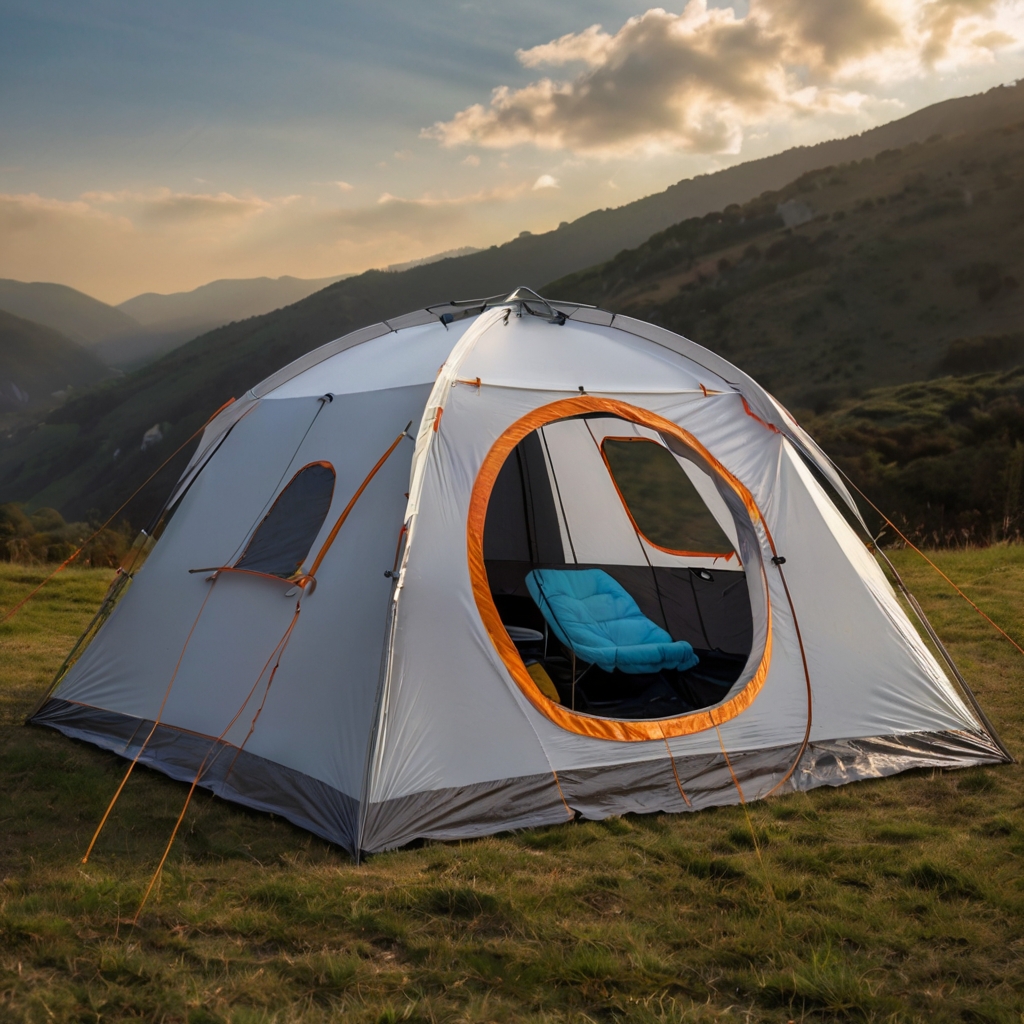
Now, here’s the tricky part – balancing weight savings with comfort and durability. It’s like trying to decide between bringing an extra block of cheese or an extra pair of socks. Both are important, but something’s gotta give!
In my experience, it’s worth spending a bit more on a tent that strikes a good balance.
You want something light enough that you’re not cursing every step of the way, but sturdy enough to withstand our sometimes harsh conditions.
I’ve got a mate who went for the absolute lightest tent he could find, and it lasted all of two trips before a gust of wind on Mt. Taranaki turned it inside out.
Meanwhile, my slightly heavier but more durable tent has seen me through thick and thin for years.
At the end of the day, assessing your tramping needs in New Zealand comes down to knowing yourself, being honest about your skills and preferences, and being prepared for anything.
Remember, it’s better to have it and not need it than need it and not have it – within reason, of course. You don’t want to be lugging around half your house!
So take some time to think about where you’ll be tramping, when you’ll be going, and who you’ll be with. And most importantly, don’t be afraid to learn from your mistakes.
Trust me, we’ve all had our fair share of tramping fails – it’s all part of the adventure!
Essential Factors to Consider When Choosing an Ultralight Tent
First up, let’s talk about tent capacity and interior space.
Now, I’m not exactly a small fella, and I learned the hard way that “1-person tent” can mean different things to different manufacturers.
There was this one time on the Milford Track when I squeezed into a tent that was supposedly made for one.
Let’s just say I felt like a sausage in a very tight casing all night. Not ideal when you’re trying to rest up for another day of tramping!
These days, I usually go for a 2-person tent, even when I’m solo.
It gives me a bit of extra room for my gear and doesn’t make me feel like I’m sleeping in a glorified bivy sack. But remember, more space means more weight, so you’ve gotta find that sweet spot.
Now, onto weather resistance and seasonality. This is crucial in New Zealand, where the weather can turn on you faster than you can say “kia ora”.
Most ultralight tents are 3-season, which is grand for most of our tramping. But if you’re planning on some winter adventures or high-altitude trips, you might want to consider a 4-season tent.
I remember this one time in the Tararuas, I thought my 3-season tent would be sweet for a late autumn tramp.
Well, a surprise cold snap came through, and let me tell you, I was about as cozy as a penguin in the Sahara. Lesson learned: always check the forecast and err on the side of caution.
Let’s chat materials for a sec. This is where things get a bit techy, but stick with me. You’ve got options like Dyneema, silnylon, and silpoly.
Dyneema’s the new kid on the block – super lightweight and strong, but it’ll cost you an arm and a leg. Silnylon’s been around for ages and is a good all-rounder.
Silpoly’s similar but doesn’t sag when wet, which is a bonus in our damp climate.
I’ve tried all three, and honestly, they all have their pros and cons. My current tent is silpoly, and it’s been holding up like a champ. But if you’ve got the budget for Dyneema, go for it. Just don’t come crying to me when you have to eat 2-minute noodles for a month to afford it!
Ventilation and condensation management are huge factors too, especially in our humid climate.
There’s nothing worse than waking up thinking it’s raining, only to realize it’s just condensation dripping on your face. Gross, right?
Look for tents with good airflow and multiple vents. I once had a tent with rubbish ventilation, and by morning, it was like a sauna in there. Not the refreshing start to the day I was after!
Now, ease of setup and breakdown is something you don’t want to overlook. Trust me, the last thing you want after a long day on the trail is to be faffing about with a complicated tent setup. I remember this one tent I had that was a nightmare to pitch.
There I was, on the Kepler Track, trying to set it up as the sun was setting and the sandflies were having a feast. Never again!
These days, I can pitch my tent in my sleep (not literally, but you get the idea). Practice in your backyard before you head out. Your future tired, possibly rain-soaked self will thank you.
Lastly, let’s talk about packed size and portability. This is where ultralight tents really shine.
My current tent packs down to about the size of a large water bottle, which is choice when you’re trying to squeeze everything into your pack. But remember, smaller isn’t always better if it means sacrificing on other important features.
I once bought the smallest tent I could find, thinking I was being clever. Turns out, it was so small that I could barely fit my sleeping bag in there with me.
I spent the whole trip feeling like a contortionist trying to get comfortable. Not exactly the relaxing wilderness experience I was after!
At the end of the day, choosing an ultralight tent is all about balancing these factors based on your specific needs.
Think about where you’ll be tramping, what kind of weather you might face, and how much comfort you’re willing to sacrifice for weight savings.
And remember, the perfect tent is the one that lets you enjoy our beautiful backcountry without cursing every time you have to carry it or set it up.
Types of Ultralight Tents Popular in New Zealand
I’ve tried more types of shelters than I’ve had hot dinners, so I reckon I can give you the lowdown on what’s what out there on the trails.
Let’s kick off with freestanding versus non-freestanding tents.
Now, freestanding tents are like that mate who’s always ready for anything – they can stand up on their own without needing to be staked out.
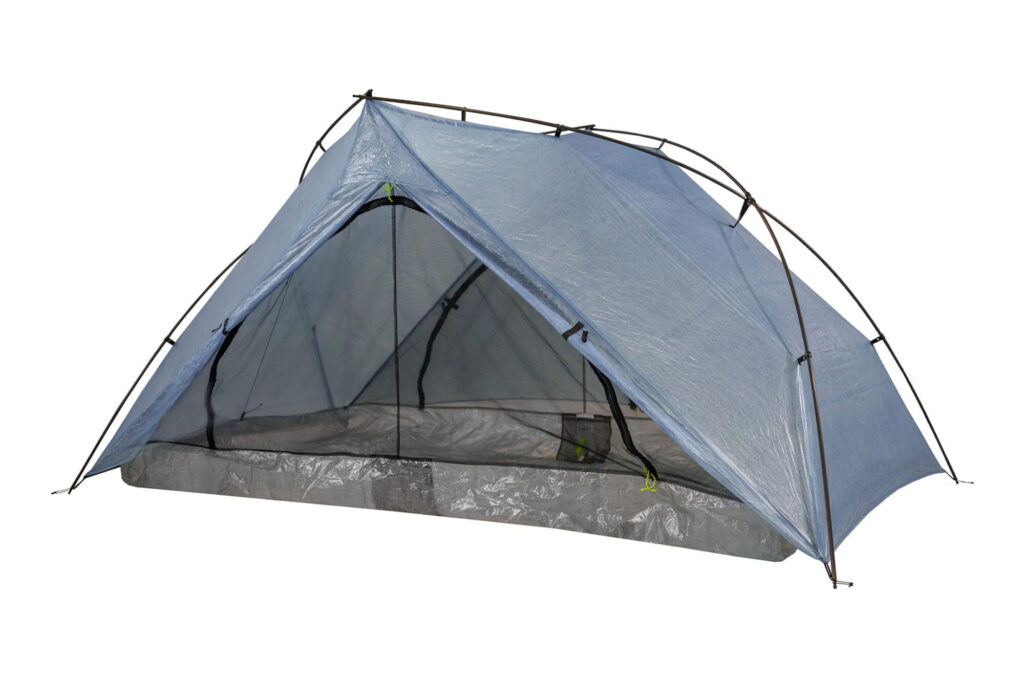
I remember this one time on a rocky bit of the Tongariro Northern Circuit, I was proper chuffed to have my freestanding tent.
While others were struggling to get their stakes in the hard ground, I was already inside, tucking into my dehydrated dinner.
But don’t write off non-freestanding tents just yet. They’re typically lighter and can be a godsend when you’re trying to shave off every gram.
I’ve got a non-freestanding number that’s my go-to for long tramps. Sure, it needs a bit more TLC to set up, but my back thanks me after a long day on the trail.
Now, let’s chat about single-wall versus double-wall designs. Single-wall tents are like those one-piece swimsuits – they do the job with less faff.
They’re lighter and quicker to set up, which is choice when you’re racing against the sunset (or the sandflies).
But here’s the rub – condensation can be a real pain with these. I once woke up in the Tararuas thinking it had rained inside my tent, only to realize it was just my own breath coming back to haunt me!
Double-wall tents, on the other hand, are like your classic Kiwi layering system. They’ve got an inner tent for breathability and an outer fly for weather protection.
They handle condensation better, but they’re a bit heavier. It’s a trade-off, as with most things in life.
Trekking pole-supported shelters are gaining popularity faster than a kea can nick your snacks. These clever designs use your trekking poles as tent poles, saving weight in your pack.
I was skeptical at first, but after trying one out on the Kepler Track, I was sold. It’s like getting two pieces of gear for the weight of one! Just don’t forget your poles, or you’ll be in for a rough night.
For those really keen on cutting weight, there’s always the bivy sack option. It’s basically a waterproof sleeping bag cover, and let me tell you, it’s not for the claustrophobic.
I gave it a go once in the Catlins, thinking I was being all minimalist and cool. Turns out, I’m not cut out for sleeping in what feels like a glorified rubbish bag. Woke up feeling like I’d gone ten rounds with a wet sheep!
But for some folks, a bivy is the ultimate in lightweight shelters. If you’re doing a quick overnight or need an emergency shelter, they can be brilliant.
Just maybe practice sleeping in one before you commit to a multi-day tramp.
Now, here’s where things get interesting – tent, tarp, and hammock hybrids. These are for the trampers who like to mix things up a bit.
I’ve got a mate who swears by his tarp-tent hybrid. It’s basically a tarp that sets up like a tent, giving you more versatility. He used it all through the Richmond Ranges and reckons it’s the best thing since sliced bread.
Hammocks are another option that’s been catching on. They’re great for getting you off the cold, hard ground, but finding the right trees can be a mission sometimes.
I tried one out in the Whirinaki Forest and had the best sleep of my life – until I needed to get up for a midnight wee and nearly face-planted trying to get out of the thing!
At the end of the day, the type of ultralight tent you choose comes down to personal preference, where you’re tramping, and how much weight you’re willing to carry.
My advice? Try out a few different types if you can. Borrow from mates, rent from outdoor stores, or even see if you can test some out at your local tramping club.
Remember, the best tent is the one that keeps you dry, doesn’t weigh you down too much, and lets you enjoy our beautiful backcountry without too much hassle.
And hey, if all else fails, there’s always the good old DOC hut system. Nothing beats a roof over your head after a long day on the trail!
Top Ultralight Tent Brands Available in New Zealand
So, you’re in the market for an ultralight tent, eh? Good on ya!
There’s nothing quite like the feeling of a featherlight pack on your back as you’re tackling the Tongariro Alpine Crossing or exploring the lush Fiordland National Park.
Trust me, your knees will thank you later.
Let’s start with some of the big international players.
Big Agnes, MSR, and Nemo are names you’ll hear tossed around at any DOC campsite worth its salt.
I remember my first Big Agnes tent – it was like sleeping in a cloud!
Well, a cloud with the occasional sandfly, but you get the idea.
Their Copper Spur HV UL2 is a popular choice among Kiwi trampers, and for good reason. It’s lightweight, spacious, and can handle our unpredictable weather.
MSR is another solid option. I’ve got a mate who swears by his MSR Hubba Hubba NX. Says it’s stood up to some pretty gnarly storms on the South Island.
And let’s not forget Nemo – their Hornet Elite is so light, you might forget you’re carrying it. Just don’t let it blow away when you’re setting up camp on a blustery ridge!
But hey, why look overseas when we’ve got some top-notch local brands right here in NZ? Kiwi ingenuity at its finest, I reckon.
Terra Nova, while technically British, has a strong presence here and their tents are designed with our rugged backcountry in mind.
I’ve used their Laser Competition 2 on several trips, and it’s never let me down.
Another local gem is Huntech. These guys know a thing or two about New Zealand conditions. Their Kea 2 tent is a favorite among hardcore trampers.
It’s tough as nails and light as a feather – perfect for those multi-day adventures in the Tararuas.
Now, let’s talk turkey – or should I say, talk dollars.
Ultralight tents ain’t cheap, I’ll tell you that much. You’re looking at anywhere from $500 to well over a grand for a quality piece.
But think of it as an investment in your outdoor happiness. I made the mistake of cheaping out on my first tent, and let’s just say I spent a very wet and miserable night on the Abel Tasman Coast Track. Lesson learned!
If you’re just starting out, you might want to consider renting before you buy. Places like Bivouac Outdoor and Macpac offer rental services.
It’s a great way to test out different brands and models without breaking the bank. Plus, you get to figure out what features matter most to you.
For me, it’s all about the vestibule space – gotta have somewhere to stash those muddy boots!
When you’re ready to take the plunge and buy, I’d recommend heading to one of the big outdoor retailers like Kathmandu or Torpedo7.
They usually have a decent range of tents set up in-store, so you can crawl in and get a feel for the space.
Online shopping is convenient, but there’s nothing like seeing a tent in person before you commit.
One last tip – keep an eye out for end-of-season sales.
I snagged my current tent for a steal during a winter clearance.
Just remember, a good tent can make or break a trip. It’s your home away from home in the backcountry, so choose wisely!
Well, there you have it – my two cents on ultralight tents in NZ.
Whether you’re gearing up for the Great Walks or just planning a cheeky weekend in the bush, I hope this helps you find the perfect shelter.
Ultralight Tent Maintenance and Care
keeping your ultralight tent in tip-top shape is crucial for any Kiwi camper.
I’ve learned this the hard way after a few soggy nights in the Fiordland National Park!
First things first, cleaning.
After a muddy tramp through the bush, give your tent a gentle wash with lukewarm water and a soft brush.
No harsh detergents, yeah?
They’ll muck up the waterproofing. And for the love of pav, make sure it’s bone-dry before packing it away. I once stored mine damp and ended up with a mouldy mess that reeked worse than a wet Swanndri!
Now, about waterproofing.
Most ultralight tents come pre-treated, but it doesn’t hurt to give ’em a touch-up now and then. I use a spray-on waterproofer every couple of seasons.
And don’t forget the seams! A bit of seam sealer goes a long way in keeping the Kiwi drizzle out.
Caught a snag on a pesky branch? No worries.
Small tears can be patched up with repair tape or adhesive patches. Just make sure the area’s clean and dry first.
Trust me, trying to patch a wet tent is like trying to herd sheep in the rain – frustrating and pointless.
To keep your ultralight tent going strong, treat it like your favourite pair of tramping boots.
Store it loose in a cool, dry spot – not crammed in its stuff sack.
And give it some air every few months to prevent any funky smells.
Ultralight Tent Accessories to Enhance Your NZ Tramping Experience
Let’s chat about those little extras that can make or break your tramping experience with an ultralight tent.
Trust me, after years of lugging gear through the Tongariro Northern Circuit, I’ve learned a thing or two about what’s worth the extra weight.
First up, groundsheets. You might think, “Aw, she’ll be right,” but a good footprint can save your tent floor from the rough Kiwi terrain.
I once skipped using one on a trip to Abel Tasman and ended up with a hole in my tent floor. Not ideal when you’re trying to keep the sandflies out!
Now, about tent stakes.
Those flimsy pegs that come with most tents? Yeah, nah. They’re useless in our rocky soil. I swear by Y-shaped aluminium stakes.
They’ve held strong through some proper howling southerlies on the Kepler Track.
Guylines and tensioners are your best mates for keeping your tent taut in our unpredictable weather.
I learned this the hard way when my tent turned into a kite during a gusty night in the Tararuas. A set of reflective guylines with easy-to-use tensioners is worth its weight in gold.
Lastly, don’t underestimate the power of a good stuff sack.
A compression bag can shrink your tent down to the size of a rugby ball, leaving more room in your pack for the important stuff – like an extra block of Whittaker’s chocolate!
Remember, these accessories might add a few grams, but they’ll save you heaps of hassle in the long run.
Conclusion
Choosing the right ultralight tent for your New Zealand adventures is like finding the perfect tramping partner – it can make or break your outdoor experience.
So hope now you know How to Choose an Ultralight Tent !!
By considering factors like weight, durability, and comfort, you’ll be well-equipped to select a tent that’ll see you through countless nights under the stunning Kiwi stars.
Remember, the best ultralight tent is the one that meets your specific needs and allows you to fully immerse yourself in New Zealand’s breathtaking landscapes.
So, whether you’re planning a quick weekend tramp in the Tararuas or a multi-week expedition on the Te Araroa Trail, your ultralight tent will be there to provide shelter, comfort, and a front-row seat to nature’s grandest shows.
Now, get out there and start your ultralight tramping adventure – the great New Zealand outdoors is calling!
Happy tramping, mates!
FAQ
What’s considered “ultralight” for a tent in New Zealand?
Generally, tents under 1.5 kg are considered ultralight for Kiwi tramping conditions.
Are ultralight tents suitable for New Zealand’s varied weather?
Yes, many are designed for 3-season use, perfect for most NZ conditions. Choose wisely for alpine or winter tramping.
How much should I expect to pay for a good ultralight tent in NZ?
Prices range from $300 to $1000+. Quality mid-range options often fall between $400-$700.
Are there any NZ-made ultralight tents?
Yes! Check out brands like Huntech and Nemo Equipment NZ for locally designed options.
Do I need a footprint for my ultralight tent?
It’s recommended for extra protection on rough NZ terrain, but not always necessary. Some ultralight enthusiasts skip it to save weight.
How do ultralight tents handle condensation in NZ’s humid climate?
Look for tents with good ventilation. Double-wall tents generally manage condensation better than single-wall designs.
Are ultralight tents suitable for Great Walks like the Milford Track?
Absolutely! Their light weight makes them ideal for multi-day tramps, including Great Walks.

